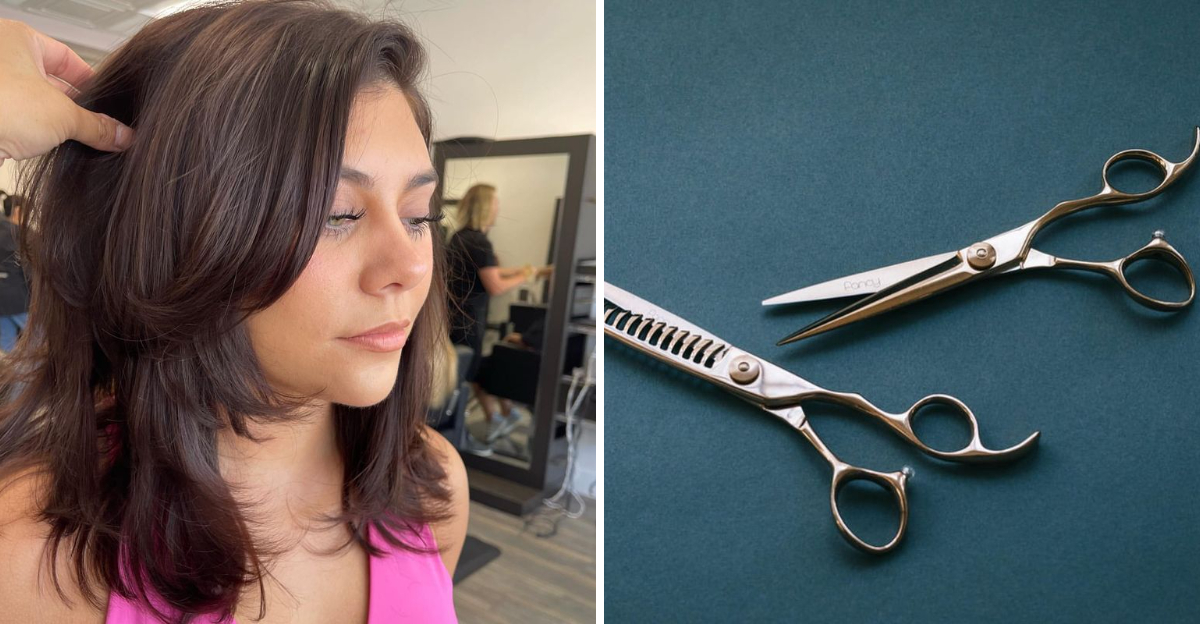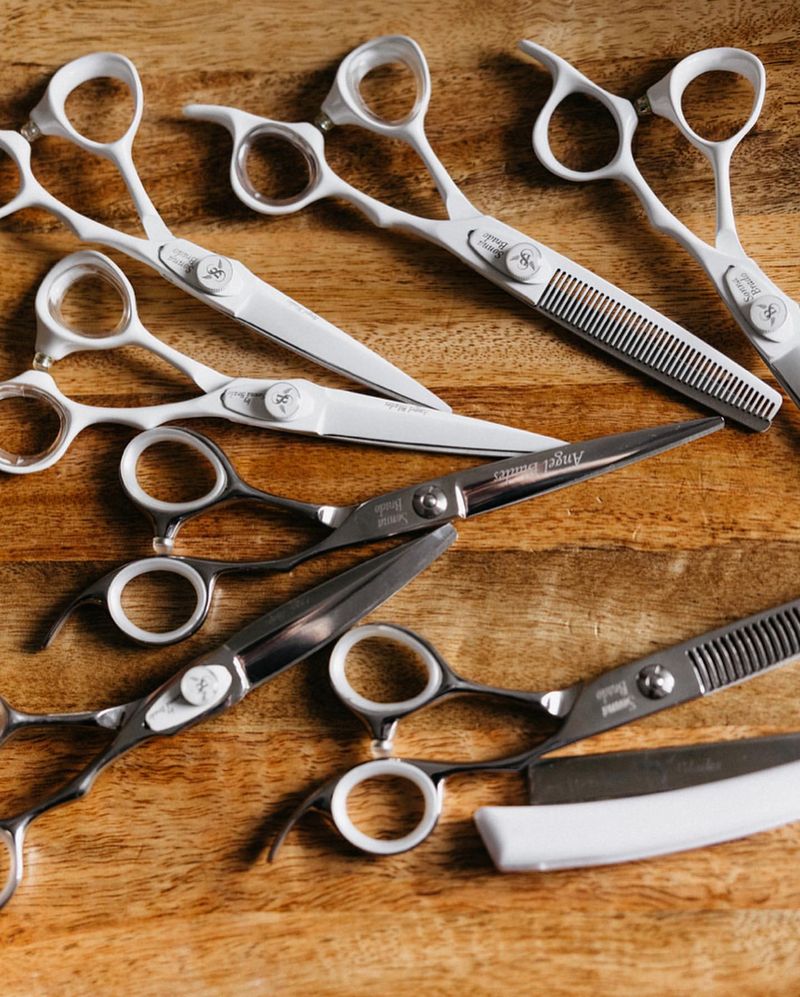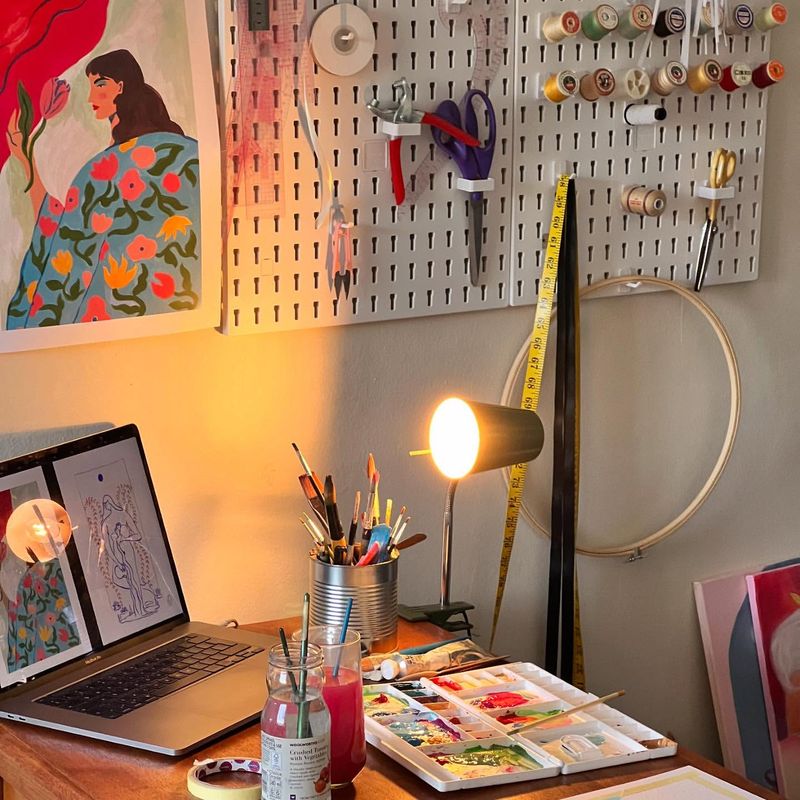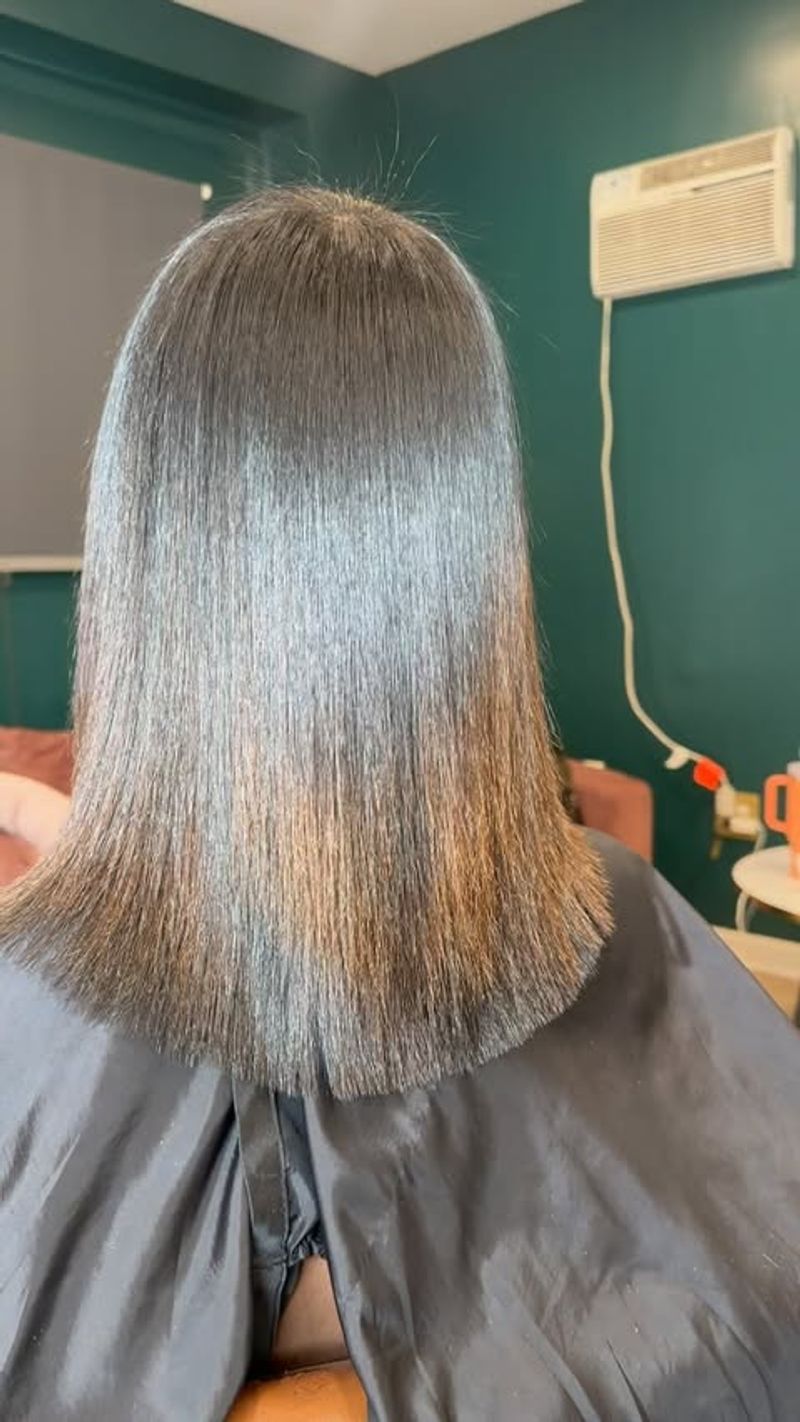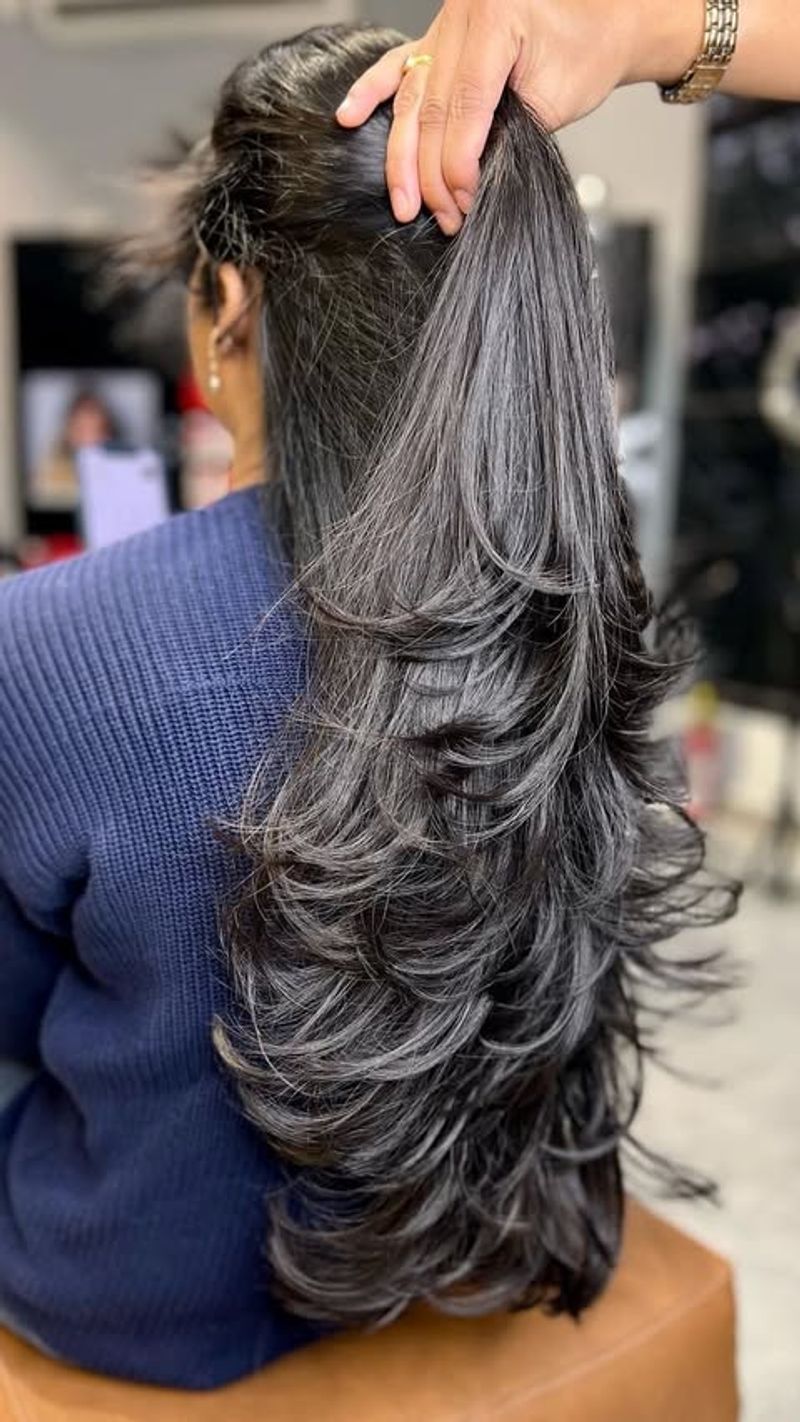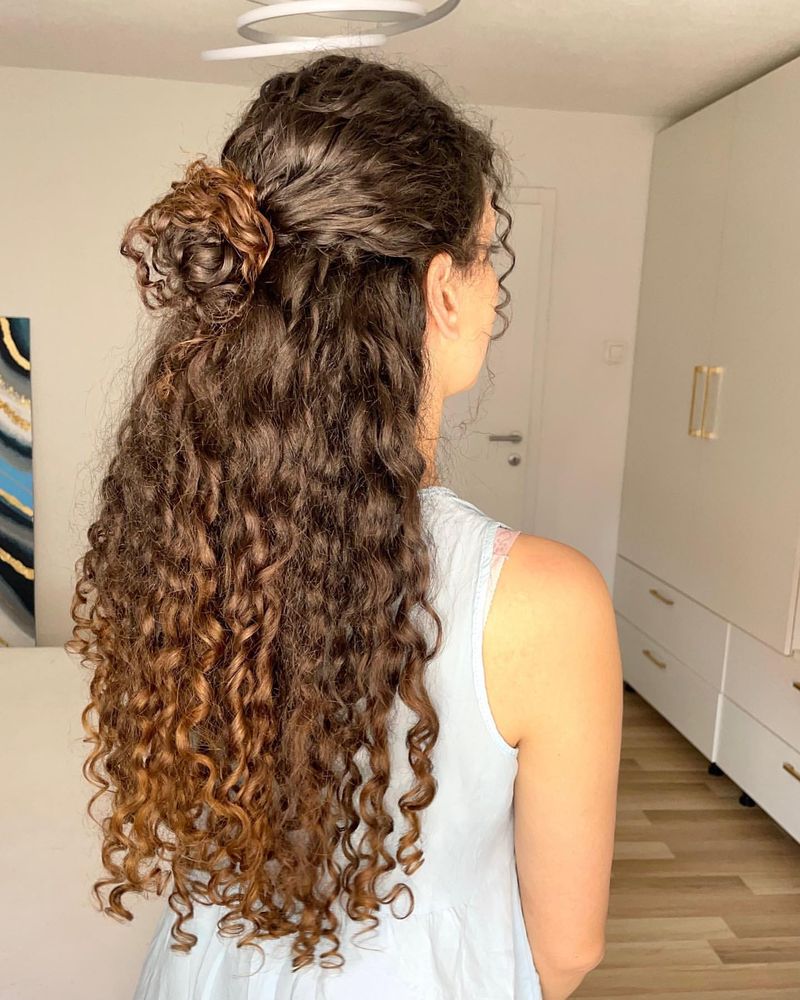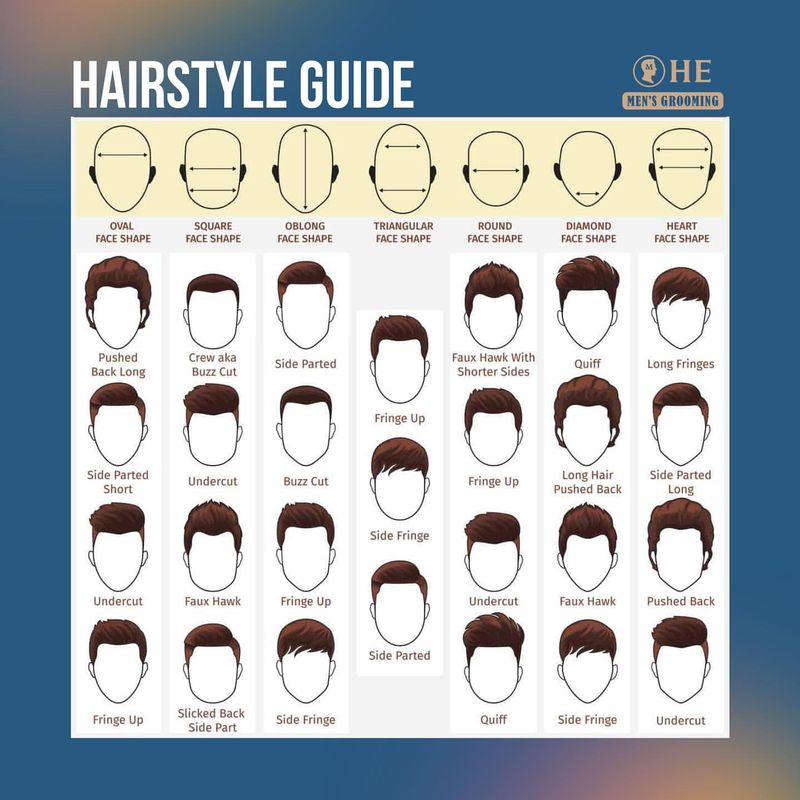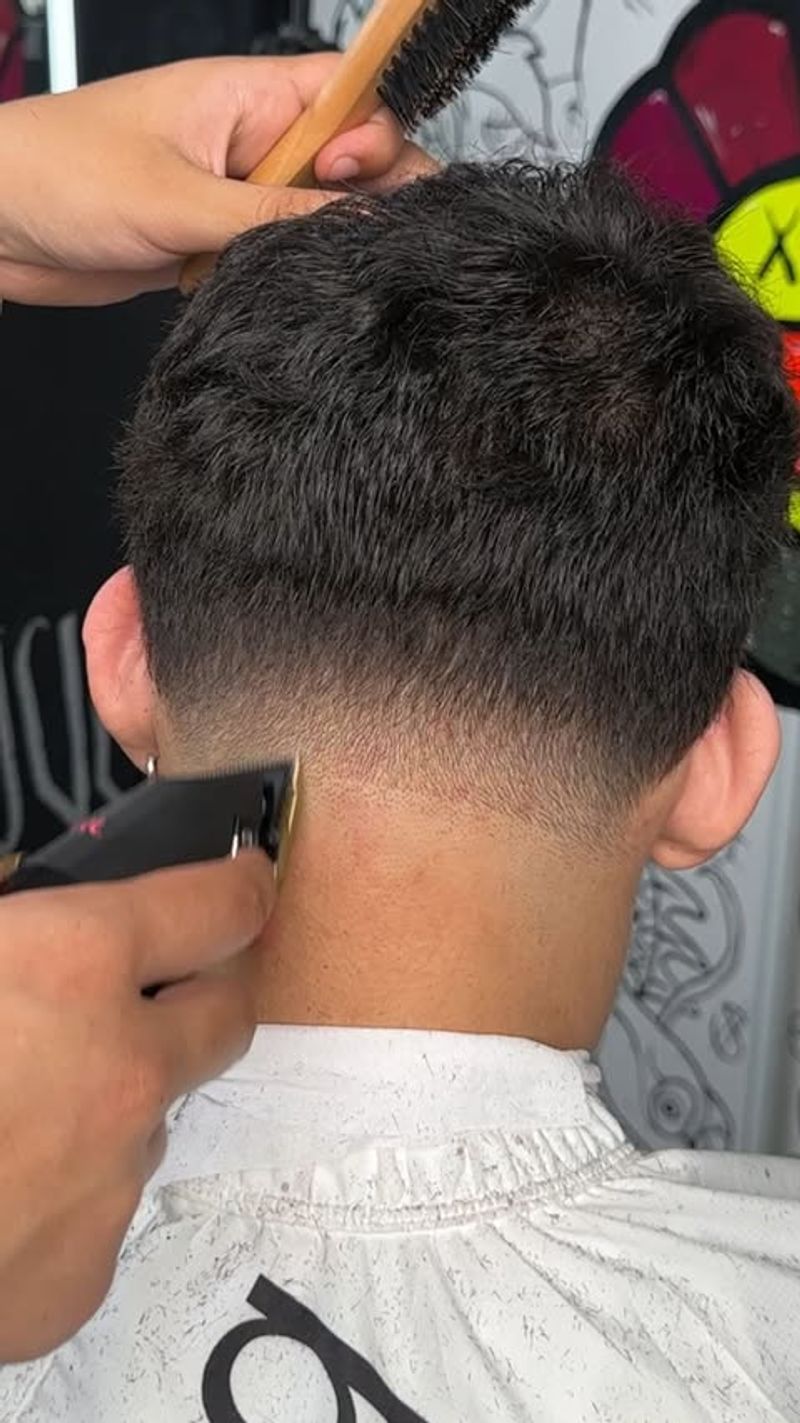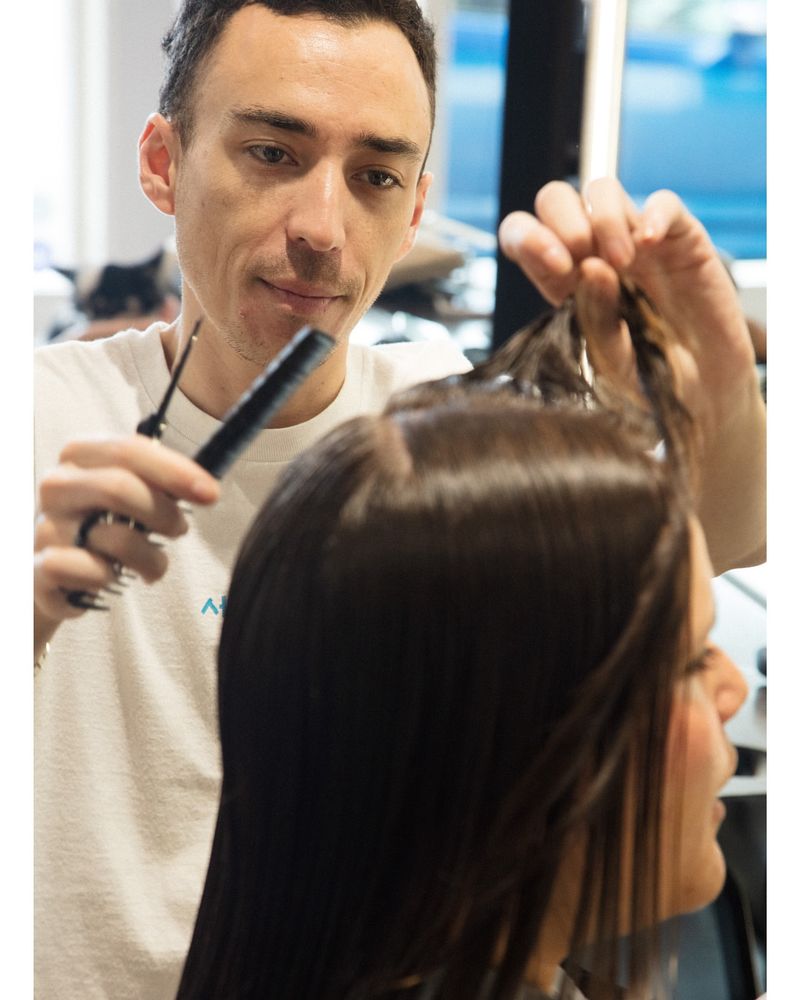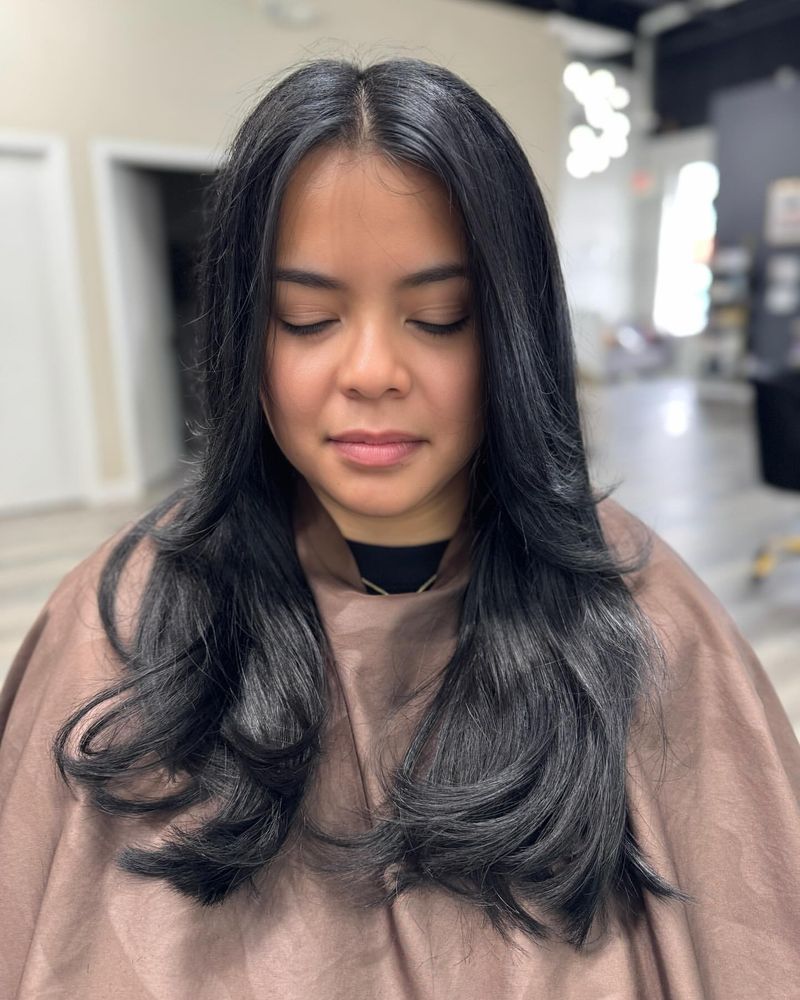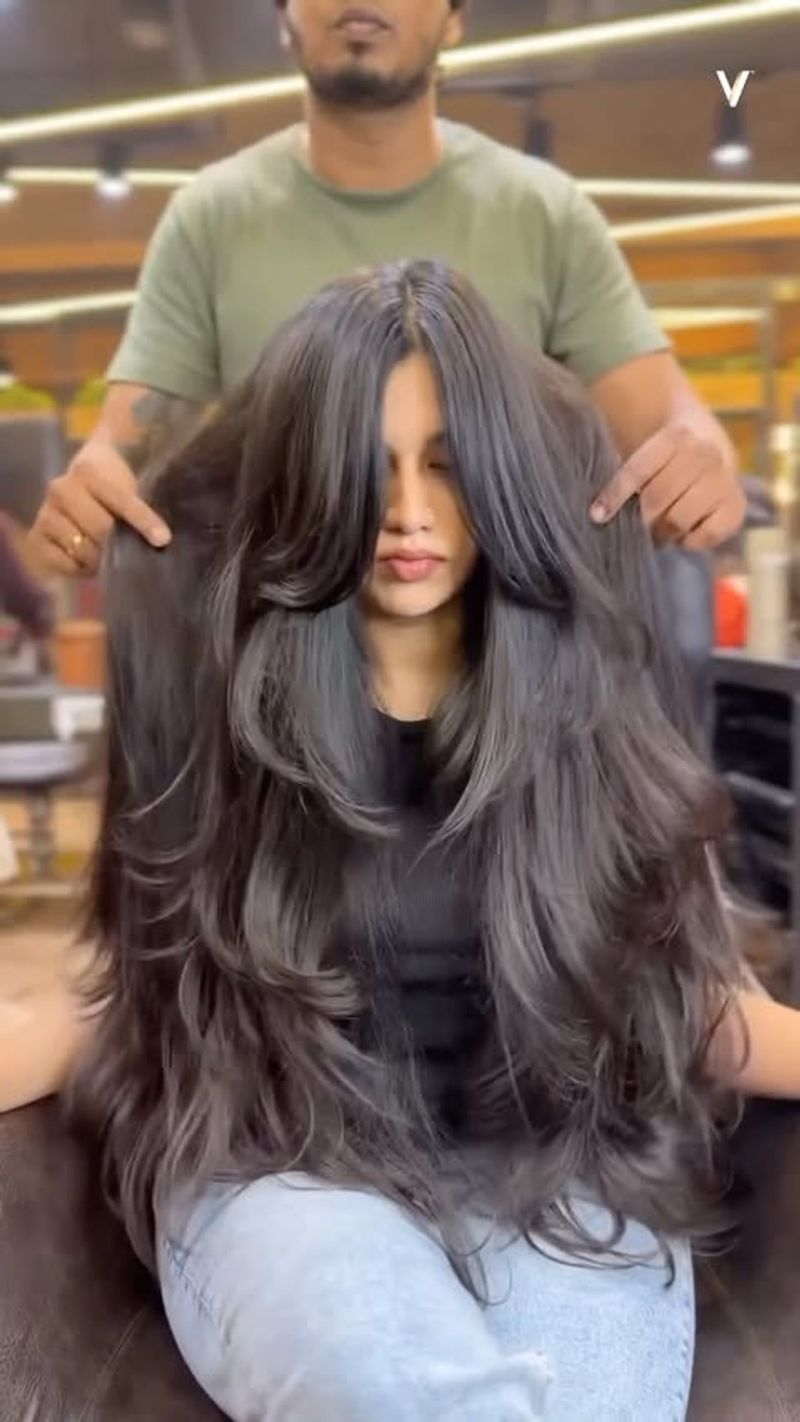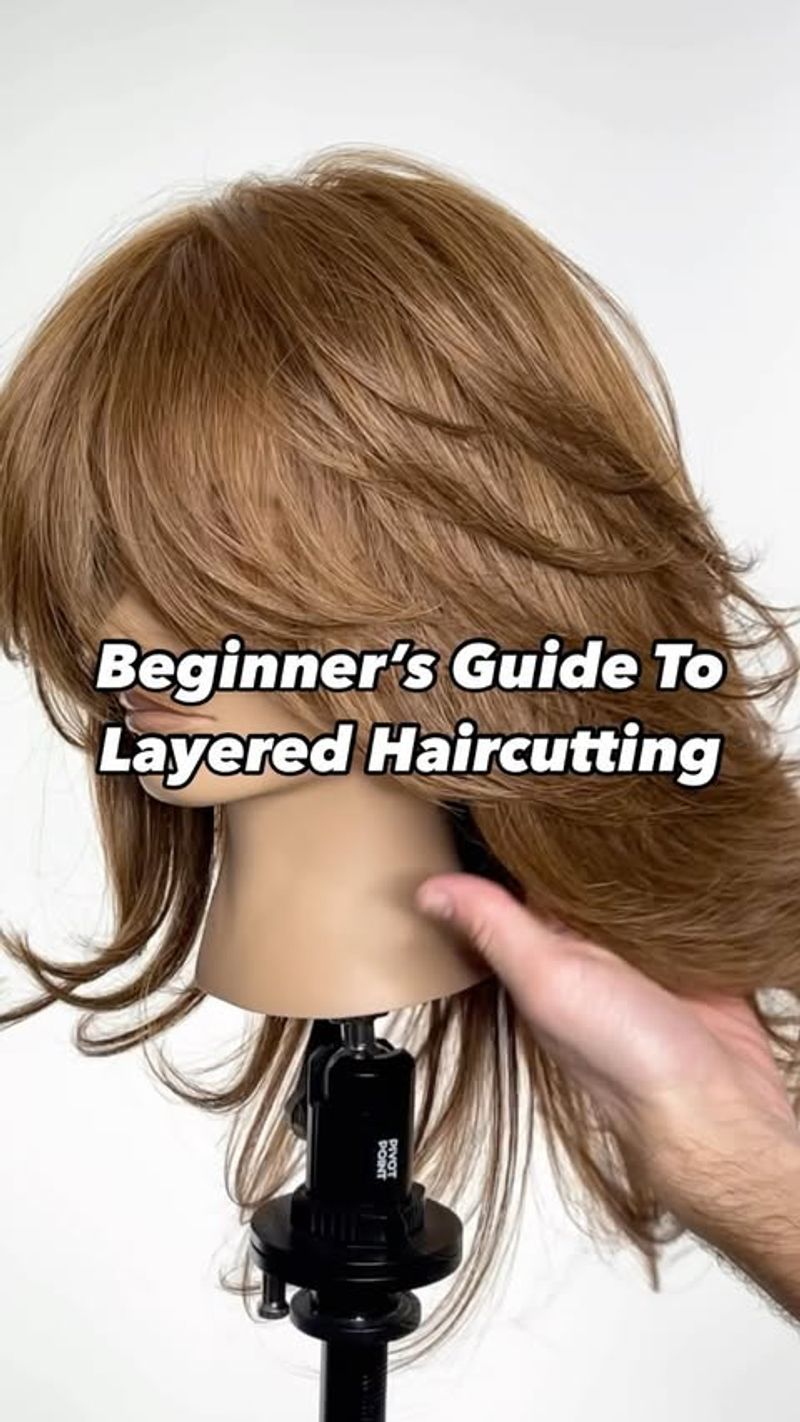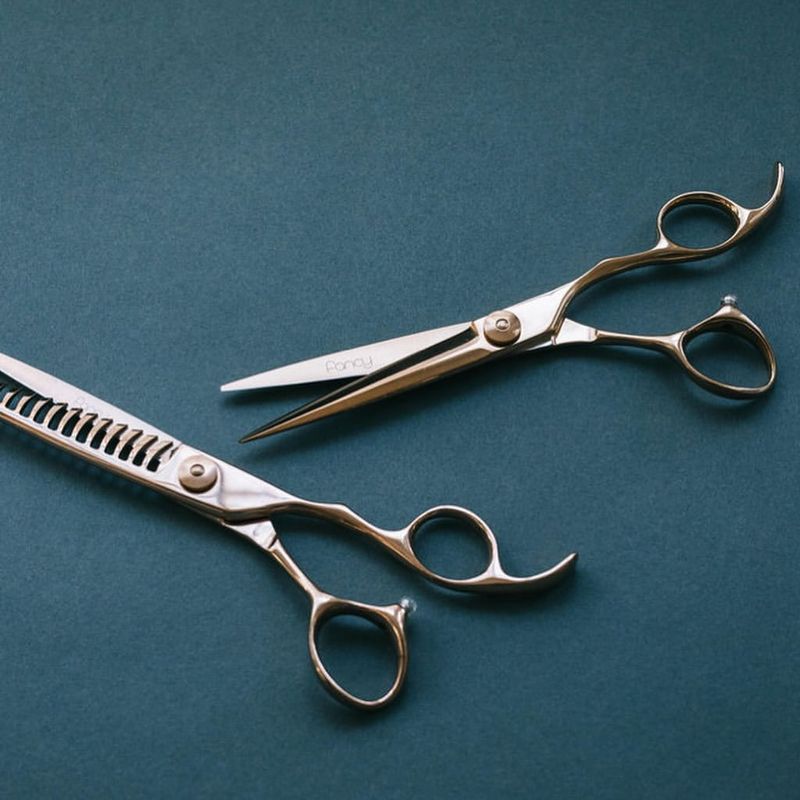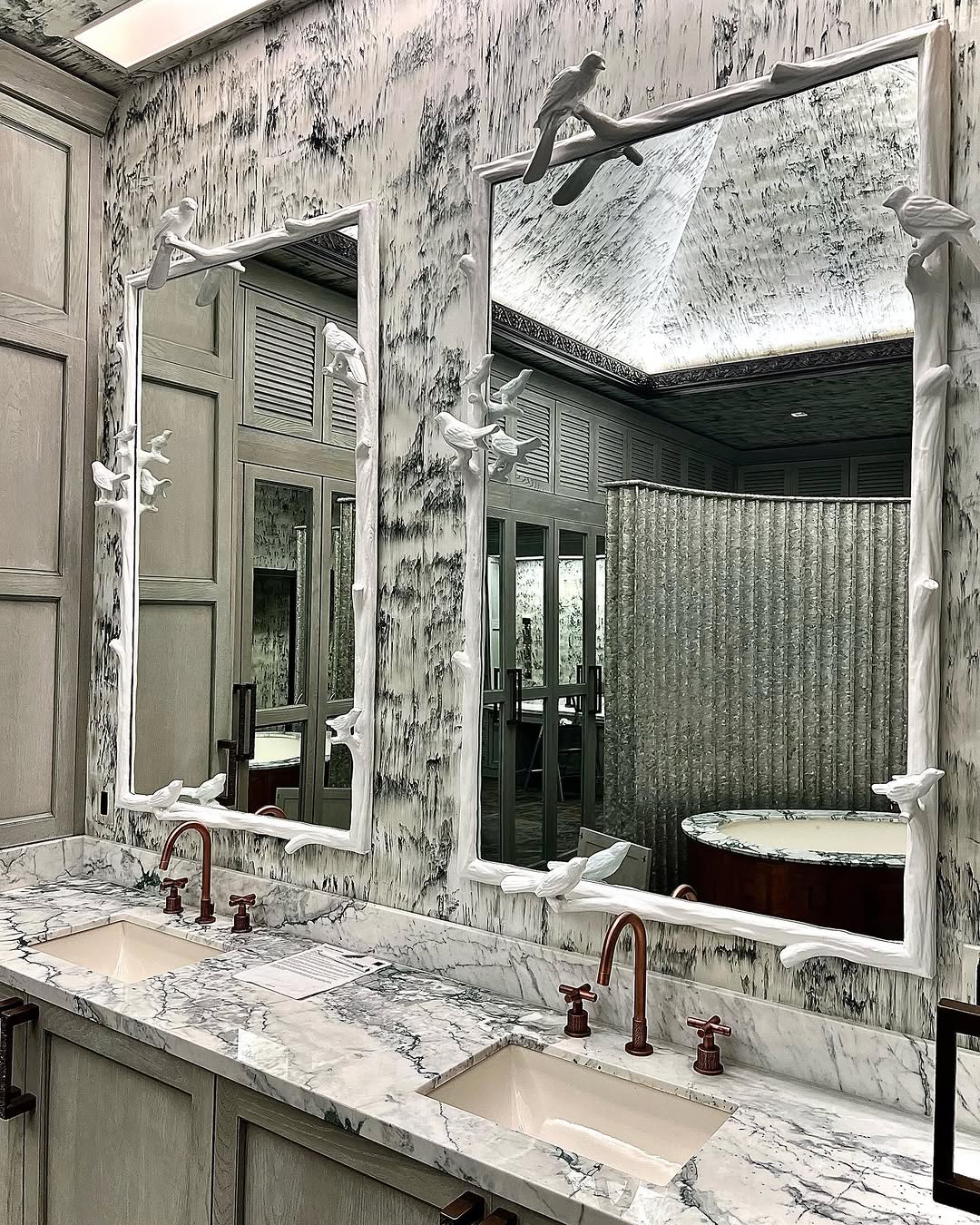Thinking about giving yourself a DIY haircut? It can be an exciting yet daunting adventure! Whether you’re looking to trim your ends, experiment with a new style, or simply save some money, there are several factors to consider before taking the plunge.
1. Capire la struttura dei capelli
Hair texture plays a crucial role in how your haircut will turn out. Understanding whether you have fine, thick, curly, or straight hair will guide your cutting technique. Take time to learn about your hair type, as this knowledge can make all the difference.
2. Scegliere gli strumenti giusti
The tools you choose significantly impact the outcome of your DIY haircut. Invest in quality scissors and clippers suited for your hair type. A sharp pair ensures clean cuts, while dull ones can fray the ends.
Related: -7 Straight-Hair Problems No One Talks About And 8 Easy Fixes That Shine
3. Ricerca delle tendenze dei capelli
Rimanere aggiornati sulle tendenze attuali dei capelli può ispirare il vostro taglio fai da te. Sfogliate le riviste o le piattaforme online per scoprire gli stili che si adattano alla vostra personalità e alla forma del viso.
4. Preparazione dell'area di lavoro
Uno spazio di lavoro pulito e organizzato crea le premesse per un taglio di capelli di successo. Assicuratevi una buona illuminazione e tenete a portata di mano una sedia comoda.
5. Assessing Hair Length
Understanding your current hair length helps in planning the desired cut. Measure sections to decide how much to trim. This ensures you don’t overcut, leaving room for adjustments.
6. Consulting Tutorials
Tutorials are a great resource for visualizing the haircut process. Many professionals share step-by-step guides on platforms like YouTube. Pause and replay sections to grasp techniques fully. Gaining insights from experts equips you with confidence and skill.
7. Praticare la pazienza
La pazienza è fondamentale nei tagli di capelli fai da te. La fretta aumenta il rischio di errori. Dedicate un tempo sufficiente a garantire la precisione e la cura di ogni sforbiciata.
8. Decidere lo stile
Avere una visione chiara dello stile desiderato aiuta a guidare il processo di taglio dei capelli. Considerate la vostra routine quotidiana, il livello di manutenzione e l'estetica personale.
9. Test su una parrucca
Prima di dedicarsi all'auto-taglio, fate pratica su una parrucca per acquisire sicurezza. Questa prova aiuta a familiarizzare con le tecniche e gli strumenti di taglio.
10. Raccolta di feedback
Il feedback di amici o familiari fidati può essere prezioso. Potrebbero notare dettagli che a voi sfuggono. Condividete lo stile che avete pianificato e chiedete il loro parere sincero.
11. Esercitarsi su una bambola
Per i principianti, le bambole rappresentano un modo eccellente per esercitarsi nelle tecniche di taglio in un ambiente poco stressante. Sperimentare sui capelli delle bambole permette di testare strumenti e stili.
12. Capire la forma del viso
Your face shape influences which hairstyles will suit you best. Identify whether your face is round, oval, square, or heart-shaped. Face shape understanding ensures your haircut enhances your natural features rather than working against them.
13. Fare piccoli passi
Approach your DIY haircut with small, cautious snips. This strategy minimizes the impact of mistakes, allowing for gradual adjustments. Baby steps ensure a more comfortable and less stressful experience.
14. Definire aspettative realistiche
La comprensione delle possibilità e dei limiti dei capelli favorisce aspettative realistiche. Accettare la sua struttura naturale e il suo modello di crescita.
15. Sperimentare con gli accessori
Gli accessori possono valorizzare qualsiasi taglio di capelli, aggiungendo estro e personalità. Sperimentate con fermagli, fasce e spille per cambiare stile dopo il vostro taglio fai da te.
16. Abbracciare le imperfezioni
Le imperfezioni sono una parte naturale dei tagli di capelli fai da te. Aggiungono carattere e spesso non si notano. Accogliete queste stranezze come una testimonianza della vostra creatività e del vostro coraggio.
17. Considerare i prodotti per capelli
I prodotti giusti possono trasformare un taglio di capelli fai da te. Se avete bisogno di volume, tenuta o consistenza, prodotti come gel, mousse e cere sono essenziali.
18. Pratica di pulizia
Una pulizia accurata è una parte fondamentale del processo di taglio dei capelli fai da te. Lo smaltimento responsabile dei capelli tagliati evita il disordine e mantiene l'igiene.
19. Pianificazione della manutenzione
Regular maintenance helps preserve your haircut’s shape and health. Plan for periodic trims to avoid split ends and overgrowth. A maintenance plan keeps your haircut looking fresh and manageable.
20. Registrazione del processo
Keep a record of your DIY haircut process. Documenting each step, technique, and tool used creates a valuable reference for future cuts. A personal guide offers reassurance and guidance, making each subsequent haircut smoother.
21. Provare le applicazioni virtuali per il taglio dei capelli
Virtual haircut apps offer a risk-free way to experiment with styles. Upload a photo and try various cuts to see what suits you. These apps provide a visual guide, helping to set clear goals.
22. Creazione di schede d'ispirazione
Mood boards are a creative way to visualize your haircut inspirations. Compile images, sketches, and ideas that resonate with your style. This collection serves as a reference throughout the cutting process, ensuring your vision stays consistent.
23. Consultare un professionista
Before embarking on a DIY haircut, consult a hairstylist for expert advice. Discuss your ideas and gather tips to achieve your desired outcome. Professionals provide insights into techniques and styles that complement you.
24. Praticare la sicurezza
La sicurezza non deve mai essere trascurata nei tagli di capelli fai da te. L'uso di strumenti affilati richiede cautela e concentrazione. Indossate dispositivi di protezione, come gli occhiali, per proteggere gli occhi dai peli vaganti.
25. Celebrazione del successo
Festeggiate il successo del vostro taglio di capelli fai da te. Ammirate il lavoro e lo sforzo che avete fatto. Riconoscere i risultati ottenuti aumenta la fiducia e incoraggia i tentativi futuri.
26. Imparare dagli errori
Gli errori fanno parte del processo di apprendimento. Riflettete su cosa è andato storto e su come migliorare la prossima volta. Ogni errore è un'opportunità per crescere e migliorare le proprie capacità.
27. Capire la crescita dei capelli
I capelli crescono in media di mezzo centimetro al mese. Capire questo dato aiuta a pianificare la frequenza dei tagli e a gestire le aspettative.
28. Sperimentare con i colori
Adding color to your DIY haircut can transform your look entirely. Experiment with temporary dyes or highlights to add a splash of creativity. Whether bold or subtle, color experimentation can breathe new life into your haircut and express your unique personality.
29. Cercare ispirazione dalle celebrità
Celebrities often sport innovative and stylish haircuts. Seek inspiration from their looks to guide your DIY venture. While celebrity styles are aspirational, ensure they align with your personal preferences and lifestyle for a haircut that’s truly yours.
30. Esercitarsi prima dei grandi eventi
Evitate di fare esperimenti prima di occasioni importanti. Esercitatevi e perfezionate le vostre abilità con largo anticipo per assicurarvi sicurezza e competenza.
31. Comprendere le tecniche di stratificazione
Layering adds dimension and volume to haircuts. Understanding different layering techniques can elevate your DIY haircut. Mastery of layering techniques ensures a dynamic and professional-looking haircut.
32. Abbracciare il cambiamento
A new haircut symbolizes change and fresh starts. Embrace the transformation and the possibilities it brings. Embracing change allows you to explore different facets of your personality, making your DIY haircut a journey of self-discovery and growth.
33. Comprendere il controllo del taglio
Shear control is pivotal in achieving clean and even cuts. Practice your grip and cutting angle for precision. Controlled shearing enhances accuracy and minimizes mistakes, leading to a polished finish.
34. Hair Condition Assessment
Assessing the condition of your hair is crucial before starting your DIY haircut. Examine for split ends, dryness, or damage that may affect the cutting process. This preparation ensures that your haircut doesn’t exacerbate any existing issues.
35. Mirror Setup
The right mirror setup can make or break your DIY haircut. Invest in multiple mirrors to view your hair from different angles. This setup ensures you catch every part of your head, preventing accidental uneven cuts.

